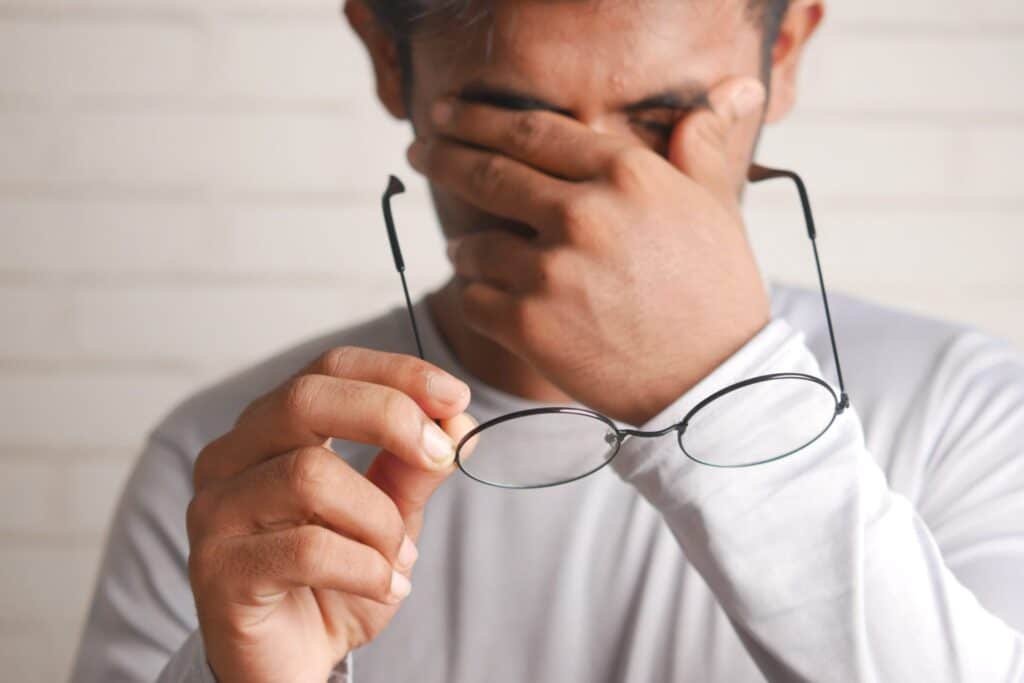If you’ve never experienced problems with your eyes, chances are you quickly forget how important it is to take care of them. An estimated two-thirds of American adults have some form of vision loss, with seven million of this percentage being legally blind. While several diseases and conditions can affect your eyes, below are common disorders that cause vision problems.
- Cataracts
Cataracts are among the common eye problems facing seniors. Cataracts are ideally the development of painless, cloudy lenses in the eye. This causes blurry vision and, ultimately, vision loss.
Cataract development progresses slowly with age. Most people above 70 years develop some cataract-like appearance in the cornea. Other factors, such as aging, certain medications, excessive exposure to UV light, and trauma, can cause cataracts.
Fortunately, cataracts can be corrected using eyeglasses, magnifying lenses, or surgery. Surgeries are prescribed when the degree of vision loss affects your ability to function and quality of life. Cataract surgery is curative, replacing the cloudy lens with an artificial lens.
- Glaucoma
Glaucoma is an eye condition caused by damage to the optic nerve in the eye. Glaucoma severity increases over time, especially with continuous pressure buildup in the eye. While increased intraocular pressure is the primary cause of glaucoma, this condition tends to be genetic and rarely shows up until later years.
Increased intraocular pressure damages the crucial optic nerve that transmits image signals to the brain. If the pressure continues, glaucoma causes permanent vision loss. Unfortunately, most people with glaucoma don’t demonstrate early symptoms, such as pain, from increasing pressure.
Therefore, regular eye checkup is important for early diagnosis and treatment before the condition causes long-term vision loss. Once diagnosed, glaucoma is corrected using eye drops, laser, or surgery.
- Keratoconus
The cornea, which is the clear outer lens of the eye, should normally be dome-shaped. However, in rare cases, the collagen tissues holding the cornea in its due position weaken, allowing the cornea to assume a cone shape. The cone shape appearance of the cornea is called keratoconus.
If not detected and treated early, keratoconus can cause vision loss, and many necessitate corneal transplants. Treatment for keratoconus often starts with the prescription of eyeglasses. Your ophthalmologist may prescribe rigid contact lenses to strengthen the corneal ligaments and improve vision.
Collagen crosslinking prevents progression, and Intacs (implants) can also be placed below the cornea to reduce the cone-shaped cornea. A corneal transplant is the last treatment resort.
- Macular Degeneration
Macular degeneration is among the leading causes of blindness, especially in old people. It is caused by macula damage, the area that perceives light in the retina. Apart from age, other risk factors for macular degeneration include smoking, family history, and female gender. Unfortunately, macular degeneration cannot be cured.
However, modern treatment interventions can slow the progression of this eye condition. Treatment options that slow progression include anti-angiogenic drugs, laser therapy, photodynamic laser therapy, and vitamin C, zinc, copper, and beta-carotene supplementation.
- Conjunctivitis
Also called pink eye, it is an eye condition that inflames and causes redness of the conjunctiva and clear tissues of the eye. Bacterial or viral infections can cause conjunctivitis. Exposure to irritants, such as pollutants, allergens, and chemicals, can also cause pink eye.
In most cases, conjunctivitis is caused by viral infections and resolves independently. However, bacterial conjunctivitis may require antibiotic drops or prescribed ointment to resolve. Inflammation may produce a crusty discharge, making it difficult to open your eyelids. As such, a wet compress with warm water can help remove crusting.
- Refractive Errors
Statistics from the National Eye Institute place refractive errors as the top cause of vision problems. Refraction occurs as light passes through the cornea and lens. Refraction errors can occur due to changes in the length or shape of the cornea and natural aging of the eye lens.
Depending on the cause, refractive errors can cause nearsightedness, farsightedness, or astigmatism. Contact lenses, eyeglasses, and surgery are the common treatment methods for refractive errors.
- Floaters
Like most eye conditions, floaters commonly affect people aged above 50. They are tiny specks or spots floating across the visual field. Floaters are formed by protein deposits that drift in the vitreous humor. Due to their mobile nature, floaters don’t obscure vision. However, they indicate possible serious eye problems, specifically retinal detachment, if floaters have light flashes. Visit your eye doctor immediately if you notice some spots in your field of vision.
- Dry Eyes and Tearing
Dry eyes occur when the tear glands cannot manufacture enough or produce poor-quality tears. Dry eyes are uncomfortable, cause burning and itching sensations, and vision loss if it progresses. Special eye drops or using a dehumidifier can resolve dry eyes.
On the other hand, tearing occurs due to the excessive production of tears. Tearing occurs if your eyes are sensitive to light, temperature changes, or wind. Wearing sunglasses or shielding your eyes can solve tearing.
The Bottom Line
You should schedule regular appointments with your eye doctor to prevent vision loss. Early detection betters the chances of treating or maintaining part of your vision. If you have any symptoms of eye problems, don’t hesitate to contact your eye doctor.

